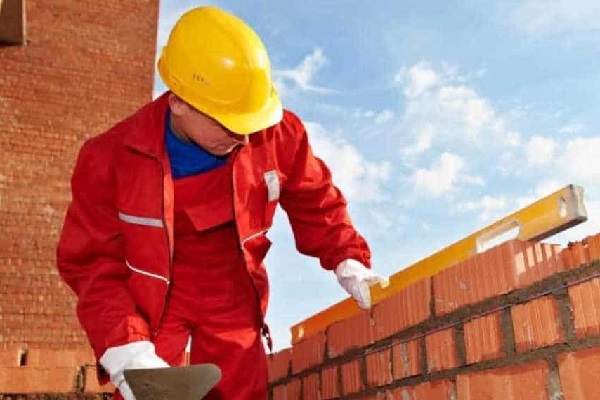
Are you or your neighbour planning construction work near retaining walls in Essex? Before you pick up a hammer, it’s crucial to understand the legal and practical implications involved. At Jason Edworthy, we’ve seen how missing the proper notices or permissions can lead to costly delays, strained relationships, and unwanted damage to property.
Save time, money, and headaches contact our expert team today for free advice over the phone.
Do You Need Permission to Build Near Retaining Walls in Essex?
Under the law, if any damage occurs to a neighbour’s property during construction, the owner responsible must cover the cost of repairs. But do you really know where you stand? Are you worried about potential damage to your property? Retaining Walls Disputes Essex are more common than most people realise, especially when the legal boundaries or responsibilities are unclear.
Speak with our experienced surveyors today to get a clear picture of your legal rights and responsibilities before work begins.
Why Are Retaining Walls So Important and Expensive?
Retaining walls aren’t just any walls they carry the heavy load of earth on the higher side of your garden or land. Because of this, they require a sturdier design and higher quality materials than a typical wall.
This necessity for extra strength explains why retaining walls cost more to build and repair. Cutting corners here is like building a sandcastle in the surf eventually, it’s going to collapse.
What Does This Mean for You as a Homeowner?
Two key scenarios typically arise:
-
If you own a retaining wall that supports your neighbour’s higher land, you usually owe a duty of care to maintain that wall and prevent soil from sliding onto your neighbour’s lower property.
-
If the retaining wall supports your own land, you still have a responsibility to maintain it properly to avoid damage or collapse.
Who Pays for Repairs?
Often, disputes happen when a retaining wall deteriorates. Determining who should pay can be tricky.
Generally, both landowners share the responsibility for repair costs after all, both benefit from the wall’s support. Either party can compel the other to carry out necessary maintenance.
When Should You Involve a Surveyor?
If your property deeds clearly state who is responsible for the retaining wall, the situation is straightforward.
But often, deeds are silent or vague. This is when surveying professionals step in to:
-
Clarify boundary lines
-
Assess wall conditions
-
Provide advice on responsibility
Without clear documents, finding the exact boundary can be tricky. Even a small margin of error (as little as 100mm) can make all the difference in deciding ownership.
How Does the Party Wall Act Relate to Retaining Walls?
The Party Wall Act can come into play if work on a retaining wall affects a neighbour’s property or land. However, the Act requires precise boundary descriptions to be effective. If boundaries are unclear, surveyors may need to get involved to resolve disputes and oversee agreements.
Building Retaining Walls in Essex: Practical Tips
Retaining walls serve a vital function—holding back soil—but they’re also a fantastic way to enhance your outdoor space.
-
Add Curves: Straight lines can get boring. Introducing gentle curves can transform a plain wall into a beautiful garden feature. Use a garden hose or rope to map your curve before digging.
-
Know When to Call the Experts: Retaining walls under 4 feet can usually be designed and built by experienced homeowners or landscapers. Taller walls require professional architects or engineers to ensure safety and compliance.
-
Check Local Regulations: Walls over 4 feet tall often require planning permission. Always verify with your local council before starting.
Enhancing Your Outdoor Living with Retaining Walls
Retaining walls aren’t just functional—they can add elegance, structure, and value to your property. They help:
-
Stabilise your landscape
-
Define outdoor living spaces
-
Increase your home’s market appeal
Think of them as the backbone of a well-designed garden, combining utility and beauty.
Go to Homepage
Don’t Forget to Communicate with Your Neighbours
Construction near boundary walls can be sensitive. Always inform your neighbours before starting work on retaining walls to maintain goodwill and avoid disputes. Cooperation goes a long way!
When Buildings Abut Property Lines
Sometimes, homes or other buildings sit directly on the property boundary. In these cases:
-
The property line often runs along the external face of the building’s structure.
-
Roof overhangs or foundations may extend into the neighbouring land.
Though these projections are part of the building, the airspace and land below typically belong to the adjacent owner, which can complicate construction or repairs. Surveyors can help clarify these situations to prevent conflict.
